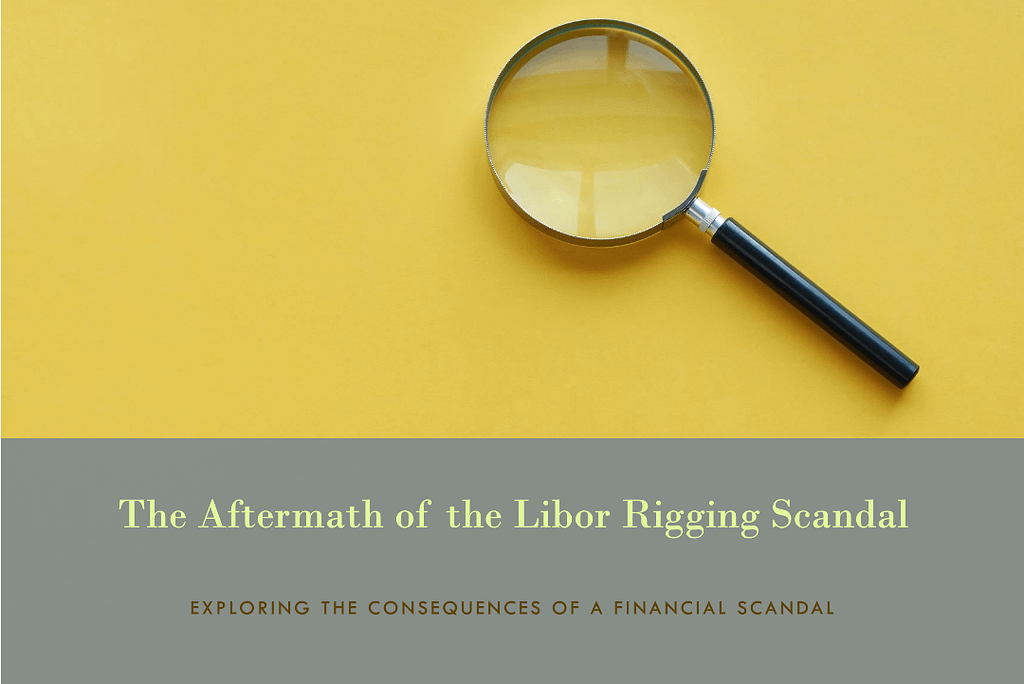Information is the currency of the corporate world today. From an entrepreneur with an idea worth sharing to a company that is willing to share some trade secrets with its partner or an employer that would like to protect his confidential employee data, everybody needs a non-disclosure agreement (NDA).
If you’re wondering how to write an NDA, how to make an NDA, or whether NDAs are enforceable in Canada, this guide will walk you through everything you need to know. Plus, we’ll show you why Pacific Legal is well-positioned to help you draft a legally sound NDA tailored to Ontario business needs.
What is an NDA?
A legal non-disclosure agreement (NDA), known as a confidentiality agreement, prevents both people from revealing secret business information. Business secrecy, together with intellectual property components and trade secrets, find protection through non-disclosure agreements.
NDAs are widely used throughout Canada by businesses, start-ups, and professionals to maintain competitiveness. An NDA for employees, investors, or suppliers should be well drafted to avoid possible disputes later on.
Why NDAs Matter in Ontario
A competitive environment in Ontario business forces companies to face catastrophic consequences from unauthorized information release. The NDA contract functions as a protective shield that protects against unapproved information exposure. It safeguards:
- All matters related to trade secrets and proprietary information
- business strategies with associated financial records,
- lists of clients and customers,
- and product prototypes and innovations.
NDAs help prevent the unauthorized use and dissemination of vital business information, fostering trust, professionalism, and long-term stability in business relationships. They are also essential to create concrete boundaries and expectations and reduce the possibility of reputational and financial damage.
In Xerox Canada Ltd. v. MPI Technologies Inc., 2006 CanLII 41006 (ON SC), the Ontario Superior Court upheld the arbitral tribunal’s finding that MPI had improperly used Xerox’s confidential and proprietary information. The tribunal ruled that the actions by MPI to access the source code and other confidential matters belonging to Xerox without the consent of the latter violated its contractual rights. It highlighted the dire implications of the violation of confidential obligations.
In Shafron v. KRG Insurance Brokers, 2009 SCC 6, the court highlighted the importance of precise drafting in the matter of NDAs. It was held that vague and ambiguous language can make the non-disclosure agreement unenforceable.
These cases indicate that NDAs are not mere formalities but legal tools that should not be ignored. In order to learn more about enforceability and coverage, consider consulting with the qualified legal professionals at Pacific Legal.
Types of NDA
There are three common types of Non-Disclosure Agreements that cater to different business arrangements:
- Unilateral NDA: In this arrangement, only one party shares confidential information and the other party is bound to keep it confidential. This is especially common in non-disclosure agreements for employees, where an employer discloses trade secrets or business strategies to an employee.
- Mutual NDA: Both parties exchange sensitive information and agree to keep each other’s data confidential. These are frequently used in joint ventures, mergers, or collaborative projects and are ideal when each party has proprietary material to protect.
- Multilateral NDA: When three or more parties are involved, a multilateral NDA simplifies matters by binding all participants under one agreement. This avoids the complexity of drafting multiple bilateral NDAs, which can be burdensome in complex business ecosystems or consortia.
Choosing the right NDA template in Ontario depends on the structure of your transaction, the number of stakeholders, and the level of confidentiality required. A lawyer can help tailor a document that aligns with your specific needs while complying with Ontario law.
Key Elements of a Strong Non-Disclosure Agreement
A properly drafted Non-Disclosure Agreement (NDA) becomes an effective legal agreement that helps protect the parties by specifically stating rights and obligations.
1. Defining Confidential Information
The definition of “confidential information” needs to be exact for legal purposes. The definition covers trade secrets combined with client lists financial records, and proprietary technology. Examples linked to confidential information reduce ambiguity by helping better interpretation and enforcement.
2. Identifying the Parties Involved
Every NDA must identify all participants starting from the information provider through to the information recipient. An NDA must state all participating parties and establish their precise tasks and duties including employees as well as subcontractors and investors. The complete identification process within this system creates both responsible parties’ enforceable and binding agreements.
3. Obligations of the Receiving Party
There shall be a clear obligation on the part of the receiving party set forth in the agreement to protect the confidentiality of the information in question by having it be kept secret, preventing any unauthorized access to it, and securing such information against unauthorized disclosure.
4. Duration of Confidentiality
The duration of NDA validity depends on the length of suspension set by the NDA itself. The standard duration is somewhere within two to five years, which varies in consideration of the nature of confidential information. However, in the case of trade secrets, confidentiality obligations can last indefinitely.
5. Exceptions to Confidentiality
Certain information is not covered by an NDA, including data that is publicly available, information disclosed pursuant to a legal requirement, and information developed independently by the receiving party without reference to the disclosed materials. Being explicit about these exclusions assists in avoiding disagreements regarding what is protected.
6. Consequences of a Breach
NDAs need to include defined legal options which the disclosing party can use when someone breaches the agreement. The disclosing party has the right to demand monetary compensation along with court orders which stop the recommencement of disclosure. The agreement becomes more capable of safeguarding confidential information due to robust enforcement mechanisms.
In Cadbury Schweppes Inc. v. FBI Foods Ltd. (1999), the Supreme Court of Canada maintained the enforceability of confidentiality covenants as it supports the notion that acquiring information held confidential will warrant one to be held liable. The case demonstrates why trade secrets have to be guarded through Non-disclosure agreements.
Another example is the case of RBC Dominion Securities Inc. v. Merrill Lynch Canada Inc. (2008 SCC 54); the Supreme Court of Canada showcased that a breach of the confidentiality agreements entails high losses.
Step-by-Step Guide to Drafting an Non-Disclosure Agreement (NDA)
Preparation of an NDA should be done diligently so that it can be effective and has the force of law that ensures that no information disclosed can be disseminated. In Shafron v. In KRG Insurance Brokers (2009), this position was affirmed by the Supreme Court of Canada, where it was pointed out that there is a need for more clarity when making restrictive agreements. It was demonstrated in this case that NDAs should be drafted carefully as a way of ensuring that they can be enforced.
For that, the following are some of the steps that any person would need to undertake and adhere to in order to create a good and effective non-disclosure agreement:
Step 1: Identify the Parties
All parties participating in the matter, whether they are legal entities or authorized natural persons acting for themselves or as interested in the results of the process, must be determined. Identification, therefore, allows explanation and holds parties to an endeavour responsible for whatever outcome may ensue.
Step 2: Define Confidential Information
Develop a precise description of what constitutes information that requires confidentiality protection. The definition of confidential information becomes less uncertain when explicit examples are described.
Step 3: Set the Terms of Confidentiality
In negotiating the terms of an agreement, you may look at the following items:
The period should be within a certain range (typically ranging from 2 to 5 years), depending on the nature of the information.
Step 4: Establish Permitted Disclosures
Identify exceptions, for example, when required by law or pursuant to the prior written consent of the disclosing party. This leaves room for clarity upon which circumstances confidentiality obligations may no longer apply.
Step 5: Outline Consequences of Breach
You should indicate the penalty for the NDA breach, which may include monetary damages or legal proceedings. This is also to ensure that there will be some penalties so as to limit any unauthorized disclosure of such information.
Step 6: Seek Legal Review
The Canadian generic non-disclosure agreement is a good place to start. A legal review will ensure its enforceability. Pacific Legal customizes NDAs to meet the specific requirements of Ontario law.
How a Lawyer Can Assist in the Area of Non-Disclosure Agreements (NDAs)
Legal professionals provide crucial support in ensuring that your Non-Disclosure Agreement is both comprehensive and enforceable under Ontario’s legal framework. They assist in turning a generic template into a legal instrument specific to your business, over and above determining the correct clauses to use and customizing obligations and exclusions.
A lawyer can also advise on situations where a standard NDA template in Canada may fall short, ensuring that the agreement adequately addresses jurisdictional nuances and potential legal liabilities. Moreover, they are important in conflict resolution as they represent the clients in case of breach or dispute.
Why Choose Pacific Legal for Non-Disclosure Agreement?
1. Knowledge of NDAs
NDA terms need to be properly phrased for enforceability. The NDA drafting team at Pacific Legal assists you in preparing sound agreements without any flaws that could render them invalid.
2. Customized NDA
We do not work with an off-the-shelf NDA template; we design NDAs with your business needs in mind. We draft clear and enforceable NDAs for employees, contractors, or business partners aligned with best practices.
3. Clear and Enforceable Contracts
A poorly drafted NDA may lead to legal tussles. We draft your NDA in a way that it is clear, precise, enforceable, and compliant with the law.
4. Hassle-Free Legal Support
At Pacific Legal, we handle the legal complexities involved in drafting and enforcing NDAs, making the process more efficient for you.
The NDA is one of the main legal mechanisms used to protect sensitive information in Ontario. From making your NDA to drafting a custom NDA and working through issues of enforceability in Canada, Pacific Legal can assist you.
To protect your confidential business information with a well-drafted NDA, reach out to Pacific Legal to get started.







